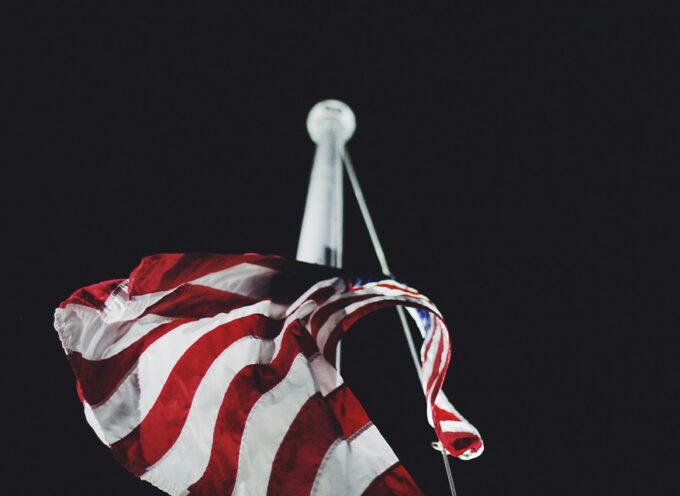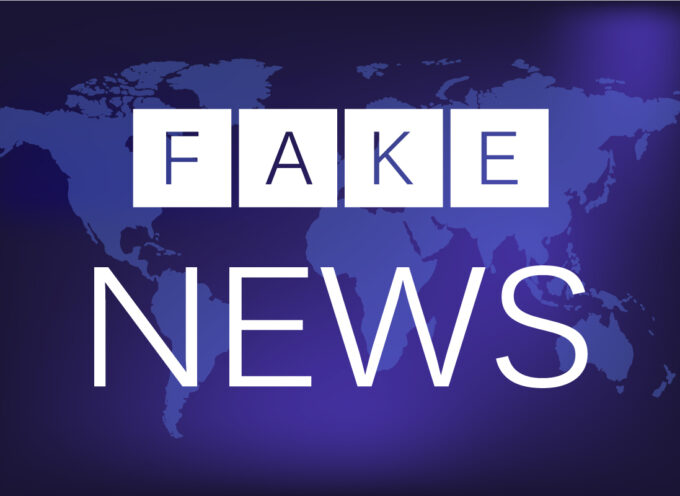Populism, as we noted, is not an ideology. Over the past decade, America’s emerging populism has paired itself in various ways with progressivism, conservatism, socialism, and nationalism, and yet it cannot be reduced to any one of these ideologies.
Given that the majority of this website’s readers identify as some type of “conservative” on the American political spectrum, I want to outline the relationship between populism and American conservatism, one which is not as firm or clear-cut as many assume.
Before exploring the tenuous connection between populism and conservatism, it will be helpful to first articulate the main varieties of conservatism in America. In what follows I am following the lead of conservative historian George Nash (via this book, this article, and this essay).
Three Wings of Post-WWII Conservatism
As Nash notes, the end of World War II saw the rise of three wings of conservatism that combined to challenge the dominance of the American left at that time. The first group consists of classical liberals (e.g. William F. Buckley) and libertarians (e.g. Murray Rothbard) who promoted free-market economics and devoted their energy to fighting against big government and its programs, such as the New Deal. The second group consists of traditionalists (e.g. Russell Kirk) who called for a return to religious orthodoxy, moral absolutes, and strong mediating institutions; they devoted their energies to fighting secular liberalism’s spiritual and moral infelicities. The third group consists of evangelistic anti-Communists (e.g. Whittaker Chambers) who promoted democratic capitalism and devoted their energies to fighting against Communism.
The three wings eventually coalesced around their common distaste for 20th century liberalism, with William Buckley’s National Review serving as the megaphone for that distaste. Libertarians detested the bloated bureaucratic welfare state and warned that it would eventually become so big as to encroach on liberty and meddle in private life. Traditionalists were concerned that liberalism was an acid eating away not only at our religion, but also at our morality and ultimately our liberty. Anti-communists rejected liberalism because it shared with Communism so many leftist presuppositions that it could never fight off Communism. To be conservative, you didn’t need to subscribe to all three wings (though you could). You simply needed to find a home in one of them.
This triune coalition held for a while, even though there was significant tension, most notably between the libertarians and the traditionalists. Libertarians, viewing liberty as the highest good, were bound to clash with traditionalists, who argue that liberty must be ordered and normed. For the traditionalist, unlike the libertarian, freedom is penultimate, grounded in community and dependent on the cultivation of virtue. This is why traditionalists have fewer qualms than libertarians with mediating institutions—and with the government itself. Eventually, libertarians and traditionalists were able to find a middle way in which both sides recognized that the main purpose of government is to protect individual liberty, but that liberated individuals should pursue lives of virtue.
The Emergence of Three New Wings of Conservatism
Soon, there emerged two more wings of conservatism. The fourth wing, neoconservatism, emerged during the 60s and 70s and was composed of liberals and social democrats who moved to the right. Irving Kristol famously defined the neoconservatives as former liberals who had been “mugged by reality” and moved to the right politically. Lacking the conservative background of the previous groups, they brought different assumptions and perspectives into the conservative movement. Not long after, neoconservatives were joined by a fifth wing of conservatives, first known as the “religious right” and now often referred to as “social conservatives.” Their core commitment was to fight secular humanism (late modern liberalism) because of its role in causing moral decline.
With five wings, the morphing conservative movement was experiencing more internal strain. (Have you ever seen a creature with five wings fly?) Yet Ronald Reagan was able to build a grand coalition that gave each of the five wings a seat at the table. This was short-lived, as a sixth wing arose in the 80s and 90s—the paleoconservatives. As Nash describes them, the paleoconservatives (e.g. Patrick Buchanan) are “militant traditionalists” who are angry about the influence of the neoconservatives, who they think are too secular and too friendly to the welfare state. To the paleoconservative, the neoconservative is somewhat of a liberal in conservative’s clothing. Besides their distaste for neoconservative thinking, paleoconservatives are defined by being defiantly nationalist. As such they are skeptical of globalism, interventionism, immigration, and free trade.
Conservative Populism: A Seventh Wing?
In recent decades in America, populism has usually been left-wing and usually aimed at capitalists. But when it has manifested in right-wing politics (rare but not without precedent), those instances usually aim at big government. And indeed, in response to economic frustrations, mass immigration, and other challenges, recent years have seen an insurgent populism among many persons traditionally associated with American conservatism. The new populism—Trumpism—is similar in some ways to paleoconservatism. But there is something new afoot as well, Trump’s campaign was a frontal assault on the Reagan-Buckley conservativism characterized by post-Cold War conservative internationalism, free trade, and supply side economics.
This new populist movement, therefore, is difficult to place within the conservative movement, especially as it continues to morph and sprawl. As Nash puts it, in contemporary American populism we are experiencing the rise of “an ideologically muddled, ‘nationalist-populist’ major party” combining elements from the Left and Right. It despises “elites” on the left and right and widens the rift between poor and the rich by encouraging the poor to view the rich and powerful as clueless, condescending, and morally bereft. One finds a dizzyingly diverse—and ideologically conflicting—array of supporters, including economic conservatives and progressives, alt-Right ethno-nationalists and socially conservative Christians, Wall Street internationalists and economic nationalists.
Today’s American populism is not essentially conservative. Nor is it essentially nationalist, progressive, or socialist. It is essentially reactionary, an upsurge of popular distrust of America’s economic, cultural, and political elite. To understand populism, then, we need to look less at populism and more at the economic, cultural, and political power dynamics of our contemporary world.
Subscribe
Never miss a post! Have all new posts delivered straight to your inbox.







